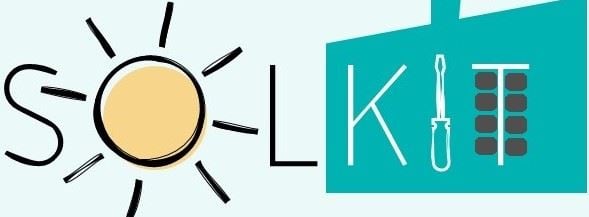Building-integrated photovoltaics (BIPV) provide a double win by generating renewable energy while replacing traditional building materials.
BIPV functions both as a protective outer layer and as an environmentally friendly, cost-effective alternative to conventional solar cells. Despite this, BIPV remains a niche market in Norway.
Project objectives
The main objective of SolKit is to facilitate increased use of building-integrated photovoltaics (BIPV) in the Norwegian built environment, with a particular focus on local climate and sustainability challenges.
The project will develop specialized knowledge and methods that cover both technical conditions and practical integration challenges at multiple levels – from individual components to entire buildings and neighbourhoods.
Sub-objectives
- Strengthen the technical understanding of BIPV performance, with a focus on energy production, durability and lifespan in Norwegian climate conditions.
- Perform heat and moisture analyses of BIPV systems and define best practices for design adapted to Norwegian conditions.
- Analyze BIPV integration at the neighborhood level to support large-scale implementation and strengthen energy resilience.
- Assess environmental and cost impacts of BIPV systems through life cycle analyses.
- Develop a user-friendly assessment tool for BIPV, adapted to different stakeholder groups.

